Injection molding process
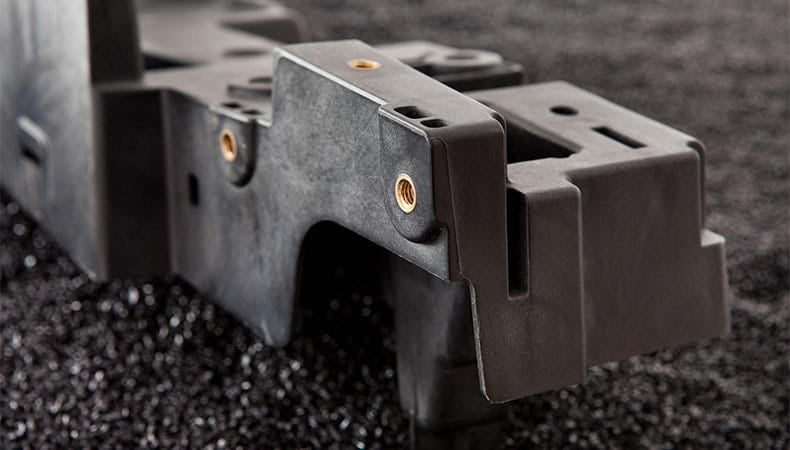
Manufacturers tasked with making products that serve a wide range of functional and aesthetic purposes often turn to multi-material injection molding for solutions. Specifically, the choice is overmolding vs insert molding. While the two processes are similar and often thought of as interchangeable, there are some key differences.
Insert Molding vs Overmolding: Knowing the basics of insert molding and overmolding helps you more easily determine which type of multi-material molding is appropriate for a particular application.
Insert molding is a process that requires an insert, typically metal, to be pre-placed in the tool for injected plastic to flow around. Encapsulating the insert with plastic creates a single molded plastic piece that’s generally stronger than one created using secondary assembly.
Insert molding can be accomplished through manual insert loading — the generally more cost-effective way to approach very low-volume applications or extremely complex part geometries — but automated insert molding is a better choice for part consistency. It minimizes human error, improves efficiencies, and ensures optimal cycle times.
Other key cost and design benefits of insert molding include:
Elimination of secondary assembly operations such as snap fits, gluing, and the use of screws or fasteners.
Reduction in the number of required parts and streamlined logistics around part tracking, shipping, and supplier consolidation.
Integration of design features not possible by plastic alone by allowing for the inclusion of essential metal parts.
Insert molding is appropriate for a wide range of applications, from something as simple as couplings, knobs with threaded fasteners, and filters to complex electrical components and solutions to multifaceted challenges like the sunroof front frame Kaysun developed for a well-known automotive brand.
Overmolding is a process that results in a seamless combination of multiple materials into a single part or product. It typically includes a rigid, plastic-base component (or substrate) overlaid with a thin, pliable, rubber-like thermoplastic elastomer (TPE) (or overmold) exterior layer or other similar materials.
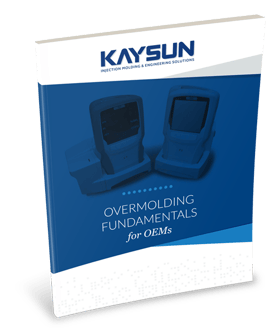
Have you considered how overmolding can further improve product design, performance, and aesthetics?
Overmolding is unique in that it adds value in several ways and also lowers production costs. The advantages of using overmolding are numerous:
Introduction of a tactile, soft, non-slip grip that prevents dropping and also acts as an environmental barrier to shock, vibration, and noise to maximize product longevity.
Creation of visually attractive surfaces and branded color schemes that increase shelf appeal and provide a competitive advantage.
Reduction of the number of required manufacturing steps (i.e., secondary operations) and associated costs.
Overmolding is extremely versatile. Common household items like hand tools, toothbrushes, and razors may have overmolded handles for better grip. Overmolding plastic on metal is common as well.
Overmolding may also be used to address the needs of complex industrial applications, such as the wearable hazardous gas detector developed by a personal protective equipment industry in partnership with Kaysun.
Insert molding vs overmolding. They are somewhat similar, yet they're distinctly different forms of multi-material injection molding. To choose the process, function, and outcome that best aligns with your project, reference our Rise Above the Competition: Multi-Material Injection Molding infographic. Click the button below to access your copy now.

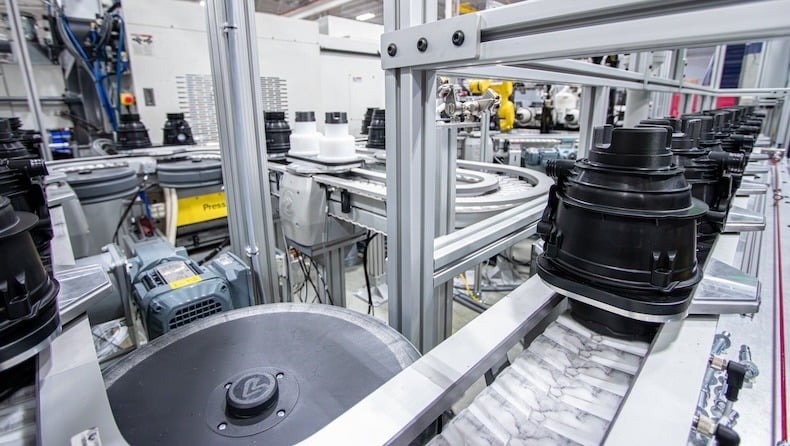
Industry 4.0 has made manufacturing more dynamic than ever before. Merging IoT, AI…
READ MORE
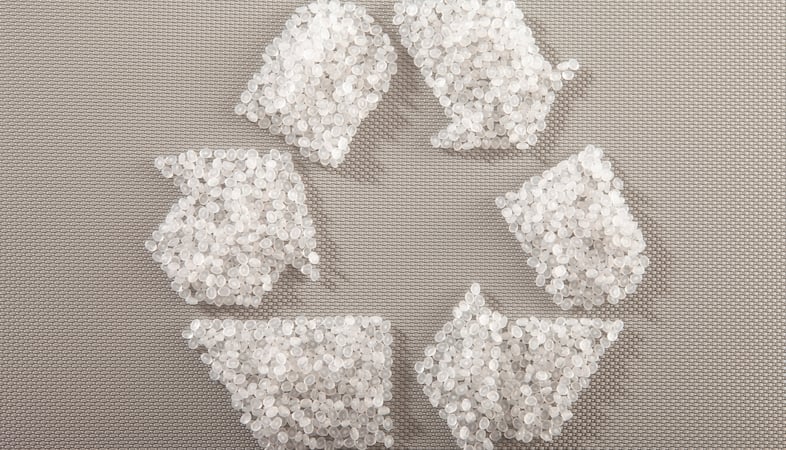
Injection-molded parts and products are staples for OEMs in industries ranging fro…
READ MORE
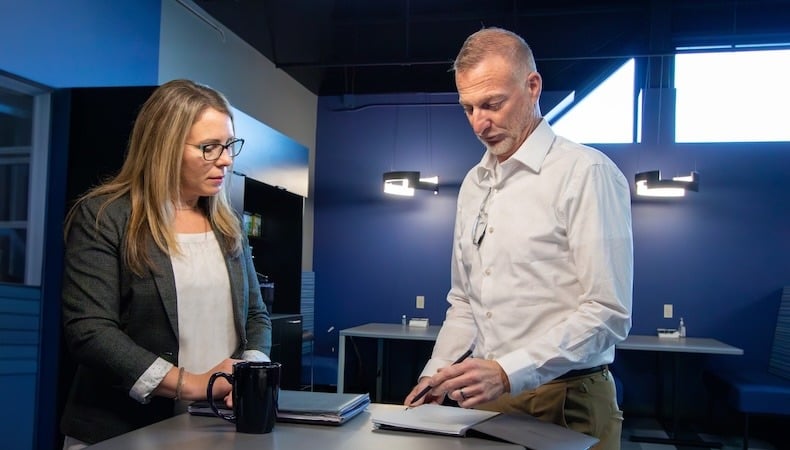
Injection molding is a versatile and precise process, making it ideal for OEMs tha…
READ MORE